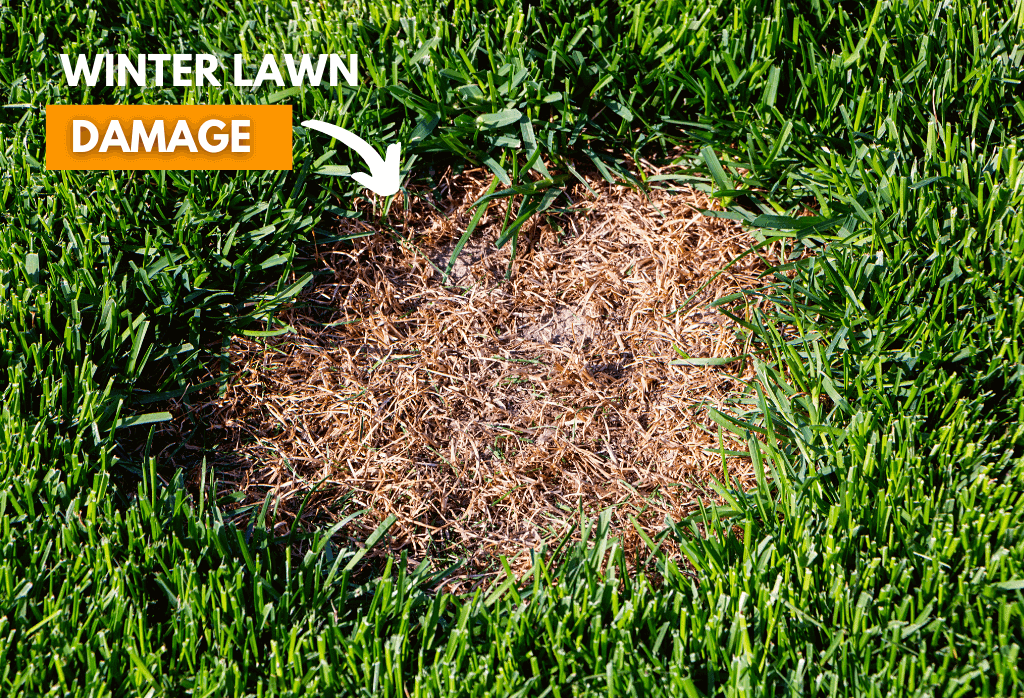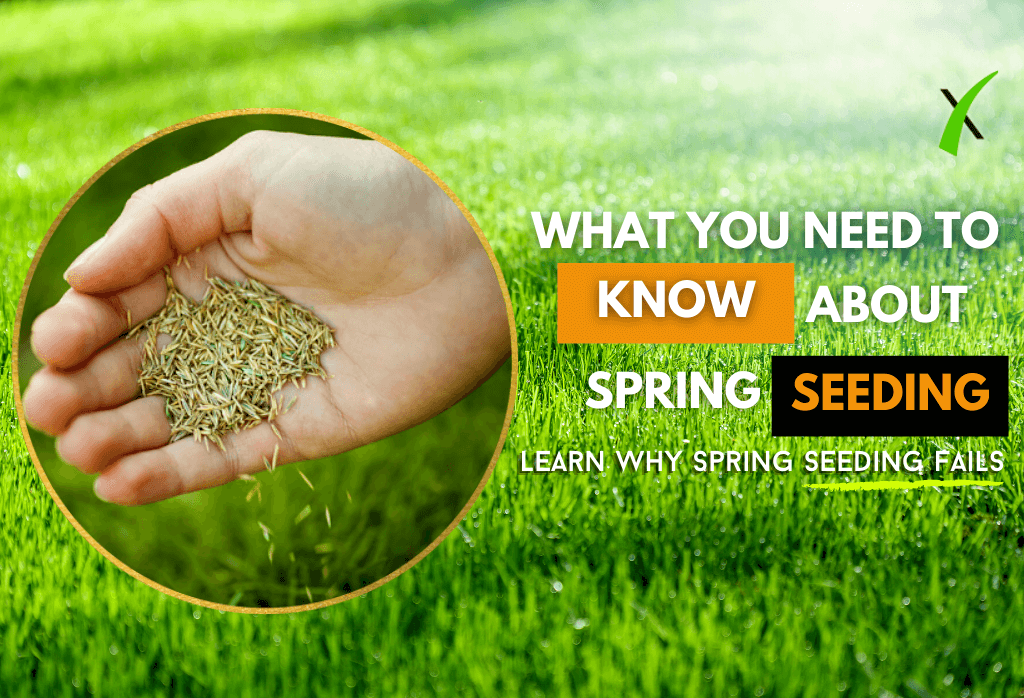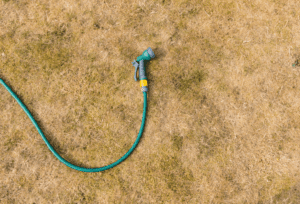Why Spring Seeding Fails
At last! Winter is coming to an end. As spring weather leads homeowners outside and thoughts of sports and picnics emerge, take a look at the lawn. Often, after a tough winter, disease and desiccation can take a toll on turfgrass. As you walk the lawn, it is quite common to find dead areas several feet in diameter. Naturally, your first thought is…… how do it fix it?
Should you re-seed dead patches? Should I bring in sod? Should I simply leave it alone and hope the lawn heals itself?



The fact is, while, in the north, Kentucky bluegrass can fill in small damaged areas, and in the south, bermudagrass can do the same, any dead patches larger than the size of a dinner plate will likely require some sort of renovation.
Sod will not match the site turf. While it appears to be an instant fix, often, the patched-up lawn looks like a checkerboard. And, getting the sod to take root can be a challenge. There is more to repairing the lawn with sod than merely tossing a piece here and there.

What about seeding. All the stores are promoting grass seed now.
First, what kind of seed do you need? What is the turf type in your lawn now? Planting a different variety can create and unacceptable and very different look in the lawn. Grass varieties are not all the same color; and, they do not all have the same growth habits. So, be sure you are seeding a variety that is at least similar in color and growth style to what is currently in the lawn.
While logic would suggest Spring is the best time to plant seed, it turns out that is really not the case.
Weeds are in the soil, alive and ready to fill in damaged areas; and they will do so more quickly than any newly seeded area can fill in. So, rake up the dead grass, plant and fertilize the seed and be prepared for weeds! And, since you cannot spray weeds without damaging newly germinated grass plants, you will have to live with the weeds for weeks, sometimes longer. And, consider the need to keep the seedbed moist. Without consistent, adequate water, new spring seedings simply fail. As temperatures rise and spring rains come to an end, the newly planted grass plants will struggle to survive and compete with more aggressive weeds. Bottom line, newly seeded grass plants cannot successfully compete with weeds, dry hot weather, and most seedings are not successful.
So, what is the solution to repairing a damaged lawn?
First, if the damaged areas are smaller than about 12 inches in diameter, raking and fertilizing the lawn can speed fill in. It will take six to eight weeks for Kentucky bluegrass to fill in but, properly maintained, it can be a good option. While the mature bluegrass [or Bermuda grass in warm season locations] fills in, weeds can be sprayed, keeping them to a minimum. If the lawn is heavily damaged, you may have no choice but to re-seed or sod. If this is the case, to give the new seed or sod the best chance of establishment, be prepared to provide one and a half inches of water per week in lieu of rainfall for the growing season. Add to that, the application of a complete fertilizer every four to five weeks season long. And, importantly, do not spray invading weeds until the new grass has been mowed three to four times. Spraying new turf, especially in hot, dry weather may result in turf damage.
If the lawn is thinned out but still has 50% grass cover, you should be able to thicken it up reasonably well by following a four to five-week, repeat fertilization program. If by the end of summer [early September in the north] the lawn has not recovered, this is the time to over-seed. Core aeration & overseeding or liquid aeration & overseeding represent the best bet to renovating a damaged or thin lawn. Cool nights and warm days will provide an excellent environment for new seed and sod establishment. For reliable results, a professional lawn care service makes good sense. They do the work and results are guaranteed! Remember, there is no substitute for an experienced provider.


Join Our Free Lawn Care Newsletter
Stay Up to Date With The Latest News & Updates
* We don’t share your info with anyone ever.



